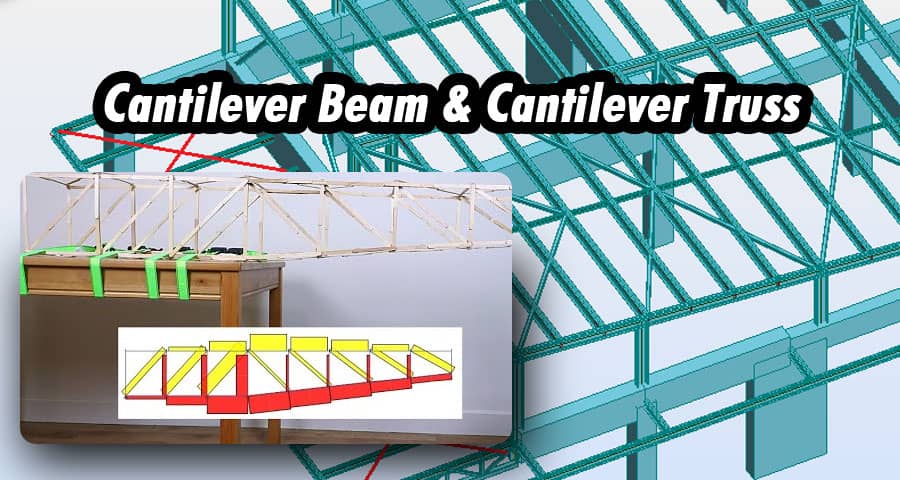Exploring the Significance and Benefits of Cantilever Beam and Cantilever Truss in Construction

In the realm of construction engineering, the Cantilever Beam and Cantilever Truss stand as stalwart pillars of innovative design and structural integrity. These elements play pivotal roles in a multitude of construction projects, from bridges to buildings, offering unique advantages and unlocking new possibilities in architectural design.
Understanding Cantilever Structures
Defining Cantilever Beam
A cantilever beam is a fundamental structural component characterized by its fixed support at one end, while the other end extends freely into space, without additional support. This design allows for remarkable versatility in construction, enabling engineers to create extended overhangs and suspended structures with precision and efficiency.
Unveiling the Cantilever Truss
On the other hand, a cantilever truss embodies a similar principle but employs triangular truss elements to distribute loads and enhance stability. This configuration is particularly effective in spanning long distances while minimizing material usage, making it a preferred choice for various engineering applications.
Significance in Construction
- Structural Integrity and Stability: One of the primary reasons for the widespread adoption of cantilever structures is their inherent stability and robustness. By distributing loads effectively and leveraging the principles of physics, cantilever beams and trusses provide unparalleled structural integrity, ensuring the safety and longevity of constructed edifices.
- Maximizing Space Utilization: Another significant advantage offered by cantilever structures lies in their ability to maximize space utilization. With traditional support systems, valuable real estate may be lost to bulky columns or walls. However, by harnessing the power of cantilevers, engineers can extend structures beyond conventional boundaries, optimizing floor space and enhancing architectural aesthetics.
- Architectural Freedom and Innovation: Cantilever beams and trusses empower architects and designers with unparalleled freedom and creativity in their projects. By eliminating the need for excessive supports and constraints, these structural elements enable the realization of daring designs and futuristic concepts, pushing the boundaries of architectural innovation to new heights.
Benefits of Cantilever Structures
- Enhanced Flexibility in Design: The adaptability of cantilever structures allows for greater flexibility in design, accommodating unique architectural visions and challenging spatial constraints. Whether spanning vast expanses or navigating complex terrain, cantilever beams and trusses offer engineers the freedom to explore unconventional design solutions with confidence and precision.
- Efficient Material Utilization: In an era of sustainability and resource conservation, the efficient utilization of materials is paramount. Cantilever structures excel in this regard, minimizing material waste while maximizing structural efficiency. By strategically distributing loads and optimizing member sizes, engineers can achieve remarkable results with minimal environmental impact.
- Cost-Effectiveness and Time Efficiency: Beyond their structural prowess, cantilever beams and trusses deliver tangible benefits in terms of cost-effectiveness and time efficiency. By streamlining construction processes and reducing the need for extensive support systems, these elements contribute to faster project completion times and lower overall construction costs, ensuring maximum value for stakeholders.
For more information, please watch the following video tutorial
Conclusion
In conclusion, the Cantilever Beam and Cantilever Truss represent more than just structural components; they embody the spirit of innovation, efficiency, and architectural ingenuity in the field of construction engineering. From their unparalleled stability and space-saving benefits to their role in driving architectural innovation, these elements continue to shape the built environment and inspire future generations of designers and engineers.
